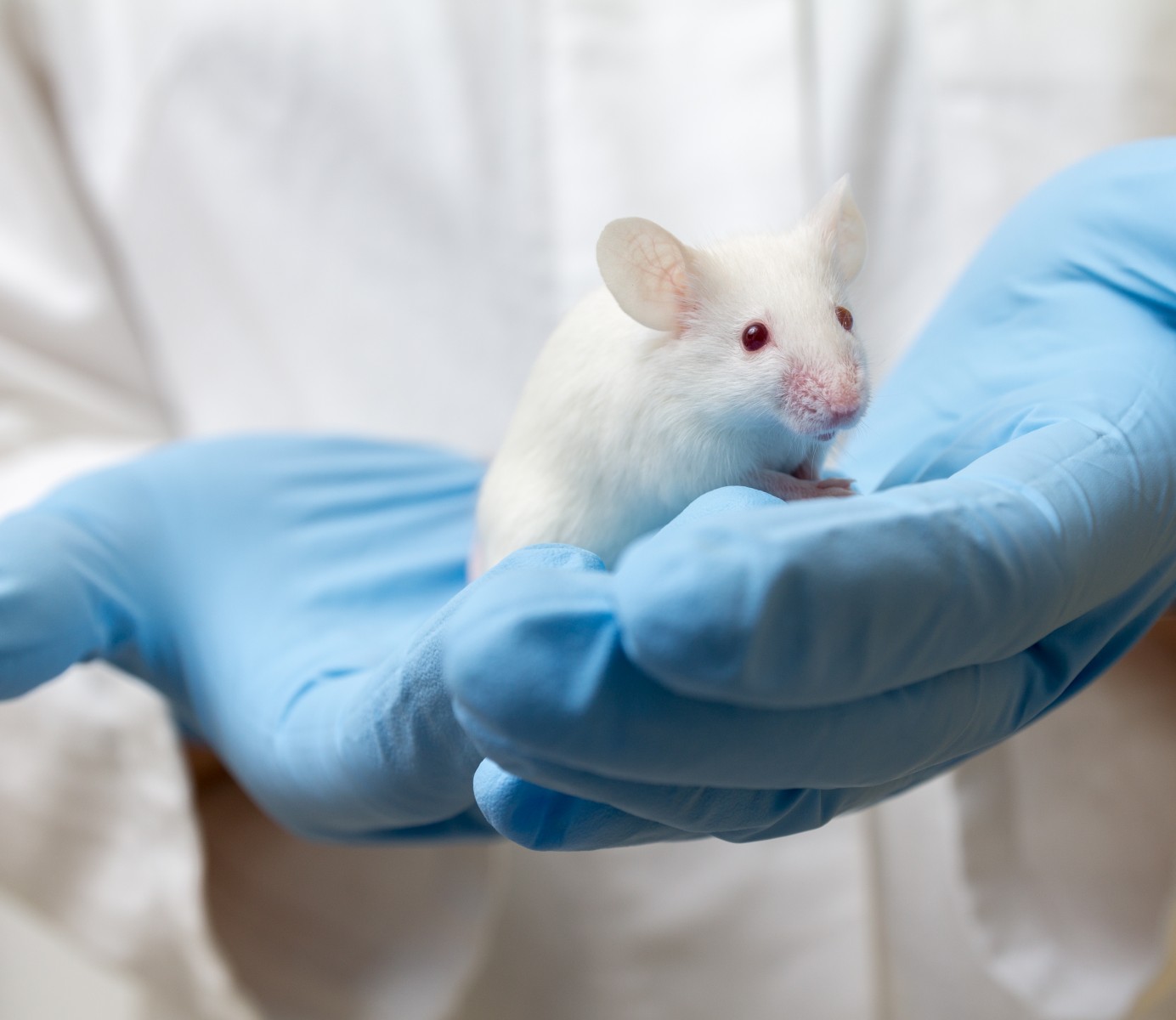Chemical Modifications That Accelerate KCC2 Activity May Ease Symptoms of Rett Syndrome, Mouse Study Indicates

Chemical modifications in the protein KCC2 that accelerate its activity during brain development may alleviate some of the cognitive and behavioral symptoms of several neurodevelopmental disorders, including Rett syndrome, a mouse study has found.
The study, “Developmental Regulation of KCC2 Phosphorylation Has Long-Term Impacts on Cognitive Function,” was published in Frontiers in Molecular Neuroscience.
Excitatory and inhibitory neural signals are the basis of communication between nerve cells in the brain. Excitatory signaling from one nerve cell to the next makes the latter cell more likely to fire an electrical signal. Inhibitory signaling makes the latter cell less likely to fire.
GABA (gamma-aminobutyric acid) is the main inhibitory neurotransmitter — chemical substances that allow communication between nerve cells — in the brain. It works by preventing excessive neuronal activity, after passing through specific channels located on the surface of neurons, called GABAA receptors.
In order to be effective, GABAA receptors require neurons to have very low levels of an ion called chloride to generate an electrical current from the outside toward the inside of the cell. However, during brain development, neurons tend to have high levels of chloride, effectively preventing GABAA receptors from having an inhibitory activity.
In normal conditions, as development progresses, the levels of chloride inside neurons slowly decrease, normalizing the electrical currents that allow GABAA receptors to function normally.
In mice, this process was thought to be mediated exclusively by an increase in the expression levels of the KCC2 gene, which provides instructions for making a protein that actively transports chloride ions from the inside of neurons toward the outside by hijacking an electrical current created by potassium ions.
However, in this study, researchers from AstraZeneca, in collaboration with investigators from Tufts University School of Medicine and University College London (UCL), discovered that KCC2 phosphorylation — a chemical modification in which a phosphate group is added to the protein — also plays a role in this process.
In the study, they used a technique called patch-clamp to measure the electrical current of neurons from several mouse models that had been genetically modified to lack KCC2 phosphorylation at specific amino acids (the building blocks of proteins).
They found that when they prevented KCC2 from being phosphorylated at serine 940 (S940, a serine amino acid at position 940 of the KCC2 protein), the activity of KCC2 and the normalization of electrical currents was delayed. Conversely, when they prevented the protein from being phosphorylated at either threonine 906 (T906, a threonine amino acid at position 906 of the KCC2 protein) or threonine 1007 (T1007), the process was accelerated.
Delays in the normalization of electrical currents required for the activity of GABAA receptors have been reported in mouse models of several neurodevelopmental disorders, such as Rett syndrome, Fragile X syndrome and Down syndrome. However, the impact of this delay on cognitive and behavioral impairments characteristic of these disorders is not well understood.
To answer this question, researchers performed a series of behavioral tests in animals carrying genetic modifications that either accelerated (KCC2-T906A/T1007A) or delayed the activity of KCC2 (KCC2-S940A).
Results showed that compared to healthy animals (controls), KCC2-S940A mice were less social and had impairments in spatial memory. Conversely, KCC2-T906A/T1007A displayed more social behaviors and had better memory retention than controls. Of note, spatial memory is the part of memory that is responsible for recording information about one’s environment and spatial orientation (e.g., navigating around spaces).
“We propose that potentiating KCC2 function during development to rescue the delayed shift [in electrical currents] detected in several neurodevelopmental disorders may alleviate the complex cognitive deficits characteristic of these disorders,” the researchers wrote.
“Further investigations into the signaling cascades that regulate KCC2 phosphorylation may help identify novel therapeutic targets for these disorders,” they added.






